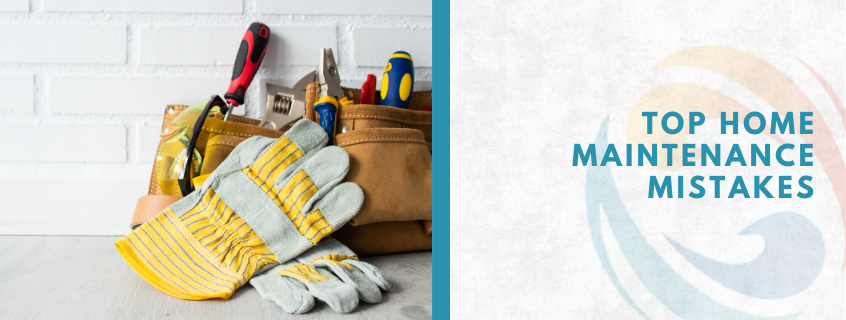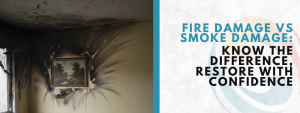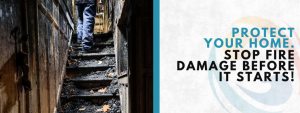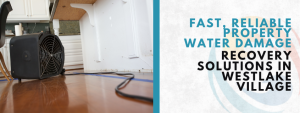
Owning a home brings comfort, pride, and independence, but it also brings responsibility. Many homeowners unknowingly make small mistakes that eventually turn into large, expensive problems. These home maintenance mistakes often happen quietly, without immediate signs, until repairs become unavoidable. The good news? Most of these costly issues can be avoided with regular attention and timely action.
From leaky pipes to neglected gutters, overlooking everyday tasks can have major consequences. Here’s what you need to know to keep your home safe and your wallet intact.
Ignoring Leaks and Moisture Buildup
Tiny leaks can lead to big trouble. One of the most common home maintenance mistakes is brushing off a small drip or damp area. What might seem minor can cause mold, wood rot, or structural damage over time. Even a slow leak can waste thousands of gallons of water each year, and worse, it weakens walls, damages floors, and ruins insulation.
Watch for these signs:
- Water stains on the ceiling or walls
- Peeling paint or wallpaper
- Musty odors in closed spaces like basements
- Dampness around windows, sinks, or bathtubs
- Bubbling spots on drywall or near vents
It’s smart to check under sinks, behind appliances, and around your water heater at least once a month. If you spot signs of damage early, take action. When damage has already taken hold, consider using a professional restoration solution to prevent it from spreading further.
Skipping Gutter Cleaning
Clogged gutters are another leading cause of home damage. One of the easiest home maintenance mistakes to prevent is simply cleaning your gutters regularly. When debris builds up, rainwater can’t flow properly and ends up spilling over, soaking your foundation, rotting your roof, and flooding your basement.
To keep gutters working well:
- Clean gutters at least twice a year—spring and fall
- Remove leaves, twigs, and dirt by hand or with a gutter scoop
- Flush the gutters with water to check for blockages
- Make sure downspouts are draining far away from the house
- Trim nearby branches to reduce debris buildup
Installing gutter guards can help reduce how often you need to clean, but they still need periodic checks to avoid overflow or ice dams during cold months.
Forgetting to Replace HVAC Filters
HVAC systems keep your home warm in the winter and cool in the summer. But if you don’t replace the filters regularly, you make your unit work harder than it should. This is one of the most avoidable home maintenance mistakes, yet it’s overlooked often.
Here’s why it matters:
- Dirty filters reduce airflow and make the system overheat
- The system uses more energy, increasing utility costs
- Poor air quality triggers allergies and respiratory problems
- Clogged filters can shorten the lifespan of the unit
To stay on track:
- Replace disposable filters every 1 to 3 months
- Wash and dry reusable filters as instructed by the manufacturer
- Schedule a professional HVAC check-up once a year
Clean filters help your home stay healthy and save money. And if moisture or leaks are affecting your system, it might be time to look into expert water damage help to make sure no hidden damage is growing.
Not Sealing Windows and Doors
Windows and doors may look fine from the outside, but small cracks around the edges can allow air and water to slip through. Letting this slide is one of the most common home maintenance mistakes, and it costs you in energy bills and indoor comfort.
Gaps around your frames can lead to:
- Higher heating and cooling bills
- Moisture collecting inside the walls
- Mold growth in damp corners
- Entry points for insects or small rodents
What you can do:
- Use caulk or sealant around cracks or seams
- Install or replace weather stripping
- Use draft stoppers for older doorways
- Add insulated curtains to block temperature changes
Some signs your seals might be failing include drafts even when windows are closed, condensation on window panes, and water damage around frames.
Overlooking Exterior Wood Maintenance
Wood elements like siding, decks, and decorative panels add charm to a home, but they need care. Failing to maintain wood exteriors is one of those home maintenance mistakes that can lead to rot, mold, or infestations.
Here’s how to protect your wood surfaces:
- Paint or seal wood every 2 to 3 years, depending on your climate
- Power wash annually to remove dirt and mildew
- Inspect for soft spots, cracks, or peeling
- Replace damaged boards quickly to avoidthe spread of moisture
Exterior wood near the ground tends to rot faster due to splashing rain and damp soil. Using gravel or pavers around your home’s base can help reduce direct exposure to water.
If any wood structure is already soft or shows signs of long-term damage, don’t delay. Learn more about available emergency restoration services to prevent further decay.
Failing to Monitor Foundation and Crawl Spaces
Your home’s foundation is what everything rests on. That’s why ignoring it is one of the riskiest home maintenance mistakes you can make. Even small shifts or moisture problems in your crawl space can lead to cracked walls, uneven floors, or worse.
Look for these warning signs:
- Cracks in exterior or basement walls
- Doors and windows that no longer open smoothly
- Gaps between the ceiling and walls
- Water is pooling near the foundation
To protect your home’s base:
- Keep gutters and downspouts clean to direct water away
- Use a dehumidifier in the basement or crawl space
- Add a vapor barrier to block moisture from the ground
- Inspect regularly for pests, mildew, or wood rot
Your crawl space needs airflow, dryness, and cleanliness. A quick peek every season can make a big difference.
Letting Landscaping Get Too Close
It might surprise you, but beautiful landscaping can damage your home when it’s too close. This is one of the easier home maintenance mistakes to avoid, yet it happens all the time.
How plants can harm your house:
- Tree roots crack sidewalks and foundations
- Vines hold moisture against siding, causing rot
- Bushes block airflow, increasing humidity
- Overhanging branches clog gutters
To fix this:
- Trim bushes so they stay at least one foot away from walls
- Don’t plant trees with large roots close to the foundation
- Direct sprinklers away from siding and windows
- Rake and remove leaves that collect at the base of the house
Examples of plants to be cautious with include bamboo, ivy, maple trees, and even thick junipers. These grow fast and can get out of hand if not maintained.
Delaying Roof Inspections
Roofs are easy to forget—until there’s a leak. One of the most expensive home maintenance mistakes is ignoring the condition of your roof. Missing shingles, moss growth, or soft spots may not be visible from the ground, but they cause slow and serious damage.
Signs your roof may need help:
- Cracked, curling, or missing shingles
- Black streaks or moss patches
- Water stains on ceilings
- Sagging areas, when viewed from a distance
- Rusted flashing around vents or chimneys
Schedule a roof inspection at least once a year, especially after winter or storms. It’s far cheaper to replace a few shingles than to repair soaked insulation or rotted wood framing.
Not Testing Sump Pumps and Outdoor Drains
Basement flooding can cost thousands to fix, and one of the biggest home maintenance mistakes leading to it is forgetting to check your sump pump. These devices quietly protect your home from groundwater—but only if they’re working properly.
How to test your sump pump:
- Pour a bucket of water into the pit and see if it turns on
- Listen for odd noises or delays
- Check that the water is exiting far from the foundation
- Clean the area to remove mud or obstructions
Outside your home, make sure the driveway drains, grates, and downspouts are not blocked by leaves or dirt. Regular cleaning before the rainy season is especially important.
Ignoring the Attic and Insulation
The attic is often overlooked, but it plays a key role in your home’s energy efficiency and moisture control. Letting it go unchecked is one of those invisible home maintenance mistakes that sneak up later through mold, rot, or pest infestations.
Signs your attic needs attention:
- Uneven room temperatures throughout the house
- Pest droppings or nesting material
- Moldy insulation or wood beams
- Drafts or unexplained odor
- Rust or water damage around vents
Keep it healthy by:
- Checking attic vents for airflow and blockages
- Adding or replacing insulation as needed
- Sealing gaps that allow pests or moisture in
- Using a dehumidifier if you notice humidity buildup
Even though the attic is out of sight, a quick seasonal check can save you from huge energy losses or moisture problems later.
Frequently Asked Questions About Home Maintenance Mistakes
How do I know if I’m making home maintenance mistakes without realizing it?
Look for signs like rising utility bills, odd smells, water stains, or sticky doors—they often point to overlooked issues. Doing monthly walkthroughs and seasonal checklists can help catch small problems before they grow.
What are the most important home maintenance tasks I shouldn’t skip?
Don’t ignore gutter cleaning, HVAC filter changes, roof checks, and sealing doors or windows. These simple tasks protect your home from moisture, pests, and costly damage.
How often should I inspect my home for leaks, mold, or foundation problems?
You should inspect your home every season and after any heavy rain or storm. Pay close attention to basements, attics, and under sinks, where damage often starts silently.
Can skipping small tasks lead to expensive repairs later?
Yes, small oversights like clogged gutters or cracked caulking can lead to roof leaks, water damage, or even structural issues. Regular upkeep is far cheaper than emergency repairs.
What should I do if I already see signs of water damage or wood rot?
Act quickly—dry the area, stop the source, and assess the extent of the damage. If it’s spreading or unclear, reach out to a restoration expert for help right away.





